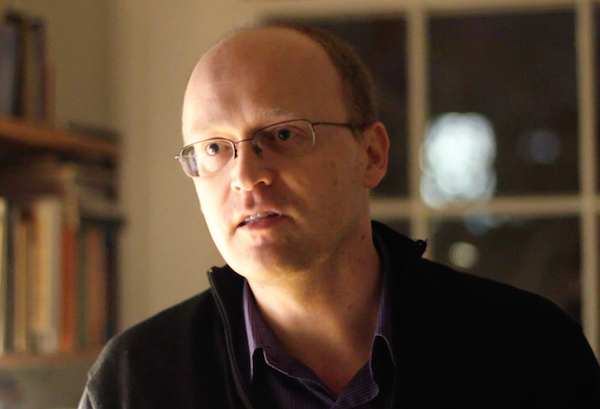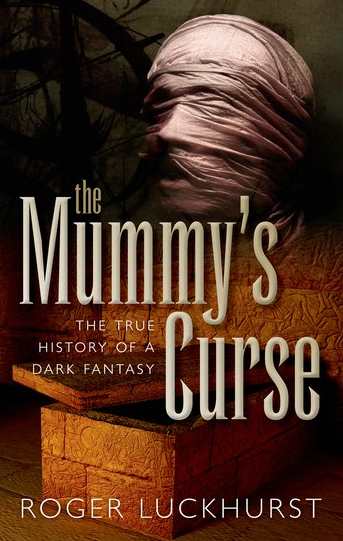My guest on this newly re-edited programme from the archive is Roger Luckhurst, who – as he puts it – teaches “horror and the occasional respectable novel by Henry James” at Birkbeck College, University of London. His wide-ranging interests embrace many aspects of popular culture, especially of the nineteenth century, including science fiction, the Gothic and the supernatural.

I visited Roger in London shortly after the publication of his book, The Mummy’s Curse, to talk to him about a phenomenon that owes more to Victorian late imperial anxiety than ancient Egyptian magic. The book is not an excuse to retell the familiar story of Howard Carter’s discovery of Tutankhamen’s tomb in the winter of 1923 and the death soon after of his patron Lord Carnarvon in circumstances which an over-excited popular press ascribed to the mummy’s curse.
Roger’s real interest is in finding out where the story of the curse came from, what its antecedents were, and most of all, what it says about the society in which the rumours circulated. His research has uncovered the hitherto forgotten stories of two “cursed” Victorian gentlemen, Thomas Douglas Murray and Walter Herbert Ingram, both of whom were believed to have fallen victim to mummies’ implacable thirst for vengeance.
 Roger’s book retraces their stories, taking us into the occult circles of Victorian and Edwardian London: to the meetings of the Ghost Club, a secret society of establishment figures whose members were called upon to tell a true ghost story once a year, to the Egyptian rooms of the British Museum one of whose Victorian curators seemed simultaneously to dismiss and encourage belief in the esoteric fringes of his subject; to farflung outposts of empire where anxieties were born that were to haunt the late-Victorian imagination, and to what Roger Luckhurst calls ‘the lumber room of the Victorian exotic unconscious’, from where the mummies shuffling footsteps were to emerge.
Roger’s book retraces their stories, taking us into the occult circles of Victorian and Edwardian London: to the meetings of the Ghost Club, a secret society of establishment figures whose members were called upon to tell a true ghost story once a year, to the Egyptian rooms of the British Museum one of whose Victorian curators seemed simultaneously to dismiss and encourage belief in the esoteric fringes of his subject; to farflung outposts of empire where anxieties were born that were to haunt the late-Victorian imagination, and to what Roger Luckhurst calls ‘the lumber room of the Victorian exotic unconscious’, from where the mummies shuffling footsteps were to emerge.
